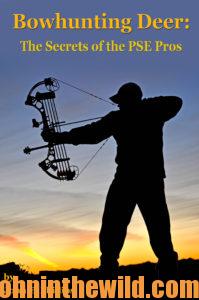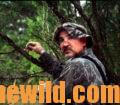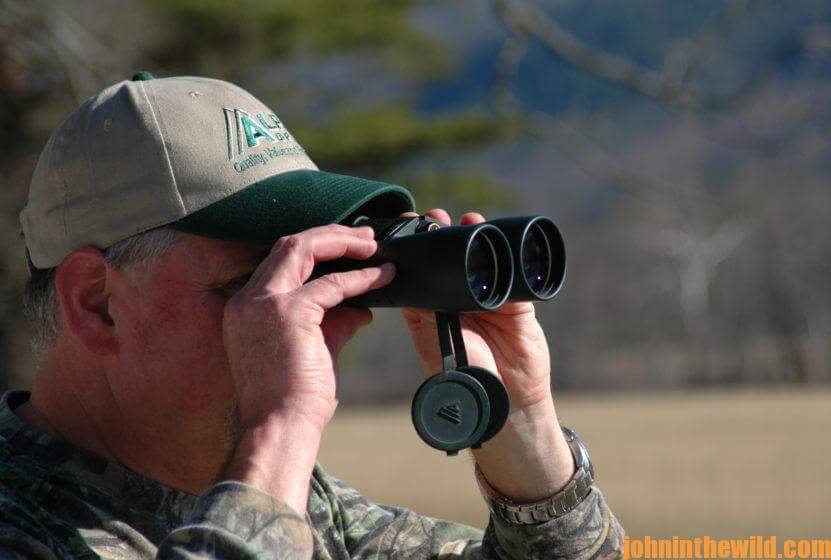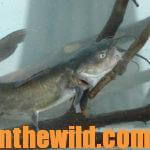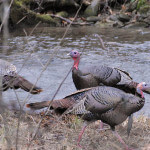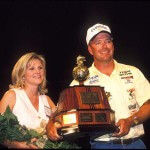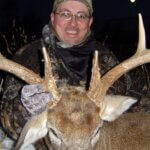Editor’s Note: The weather may be hot, and the woods may be dry, but the early part of deer season across the U.S. may be one of the best times to take a buck. However, early-season success may require a different set of strategies from those to which many hunters are accustomed.
At the first of deer season, when temperatu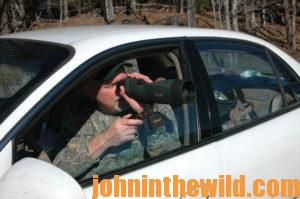 res may reach the high 70- and 80-degree range, especially in the South, the hunter can forget about trying to mask his or her human odor. If you’re walking, then you’re sweating and giving off odor. So, you must be odor-free by bathing, spraying down and washing your clothes in scent-free soap.
res may reach the high 70- and 80-degree range, especially in the South, the hunter can forget about trying to mask his or her human odor. If you’re walking, then you’re sweating and giving off odor. So, you must be odor-free by bathing, spraying down and washing your clothes in scent-free soap.
To learn where the deer are feeding in the early season, you need to take a stand before daylight, when the weather is cool, and hope you get a shot before the sun gets too hot. When searching for early-season deer, if you hunt the same piece of property year in and year out, you probably may know where the bucks should be during the opening days of the season. At least, that was my reasoning the day before the bow season in my home state of Alabama began several years ago.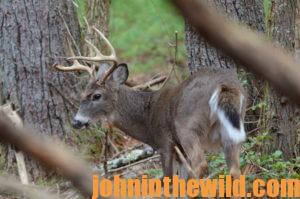
I went into a hardwood flat where I always had seen and been able to get a shot at deer during bow season. I went to the same trees where there had been plenty of acorns, deer droppings and deer tracks before, but I found nothing. Although I traveled to all of my favorite hunting spots, I couldn’t locate any sign of deer.
When a hunter is supposed to know where to find game, yet, can’t locate the game or any evidence of the animals, his confidence in himself as an outdoorsman is shaken. So, like any other veteran woodsman, I panicked. I didn’t have a productive place to hunt since I hadn’t seen any signs of deer. The season was arriving the next day, and I couldn’t even guess where a deer might be.
I started scouting. I looked in all the places I knew to search, like bedding, feeding and crossing places, but still I discovered no sign of whitetails. Then, two days after the opening of deer season, I found an answer to the riddle of the vanishing whitetails by questioning several of my hunting buddies – and threatening to set their beds afire while they were sleeping if they didn’t tell me where they had found deer. “Poke sallet is the answer,” one of them said. “Because of the drought, there aren’t as many acorns as there were a year ago. So, instead of feeding on the acorns, the deer are e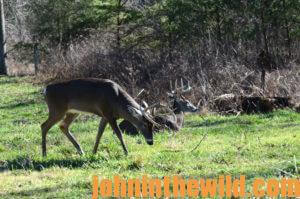 ating poke sallet. If you’ll look along these freshly-cut woodrows and clear-cuts across the river, you’ll find plenty of deer and deer signs.”
ating poke sallet. If you’ll look along these freshly-cut woodrows and clear-cuts across the river, you’ll find plenty of deer and deer signs.”
After investigating these new regions, I realized that the deer were feeding so heavily on the poke sallet (pokeweed) that sometimes grew to 8 feet that there were no leaves left on the stalks. Apparently, every time a new leaf appeared, the deer nipped it off. My friends and I also discovered purple deer poop, due to the deer eating the purple berries present on pokeweed. With that discovery, I enjoyed some successful hunting in the region, and also learned a valid lesson about the importance of preseason scouting. So, if during the early season, you’re not finding deer where you usually do, search for what the deer are eating, since deer eat about 300 various foods. Biologists explain that white-tailed deer eat: browse like leaves, tender shoots, plants and vines; forbs like weeds; legumes; sometimes grasses, hay and Spanish moss; nuts, acorns; mushrooms and fruits
To learn more about bowhunting for deer, check out John E. Phillips’ books, available in Kindle, “Bowhunting Deer: Mossy Oak Pros Know Bucks and Bows” (http://amzn.to/1QGvdQx) and “Bowhunting Deer: The Secrets of the PSE Pros” (http://amzn.to/VBr1qW).
Tomorrow: Scouting for Early Season Buck Deer